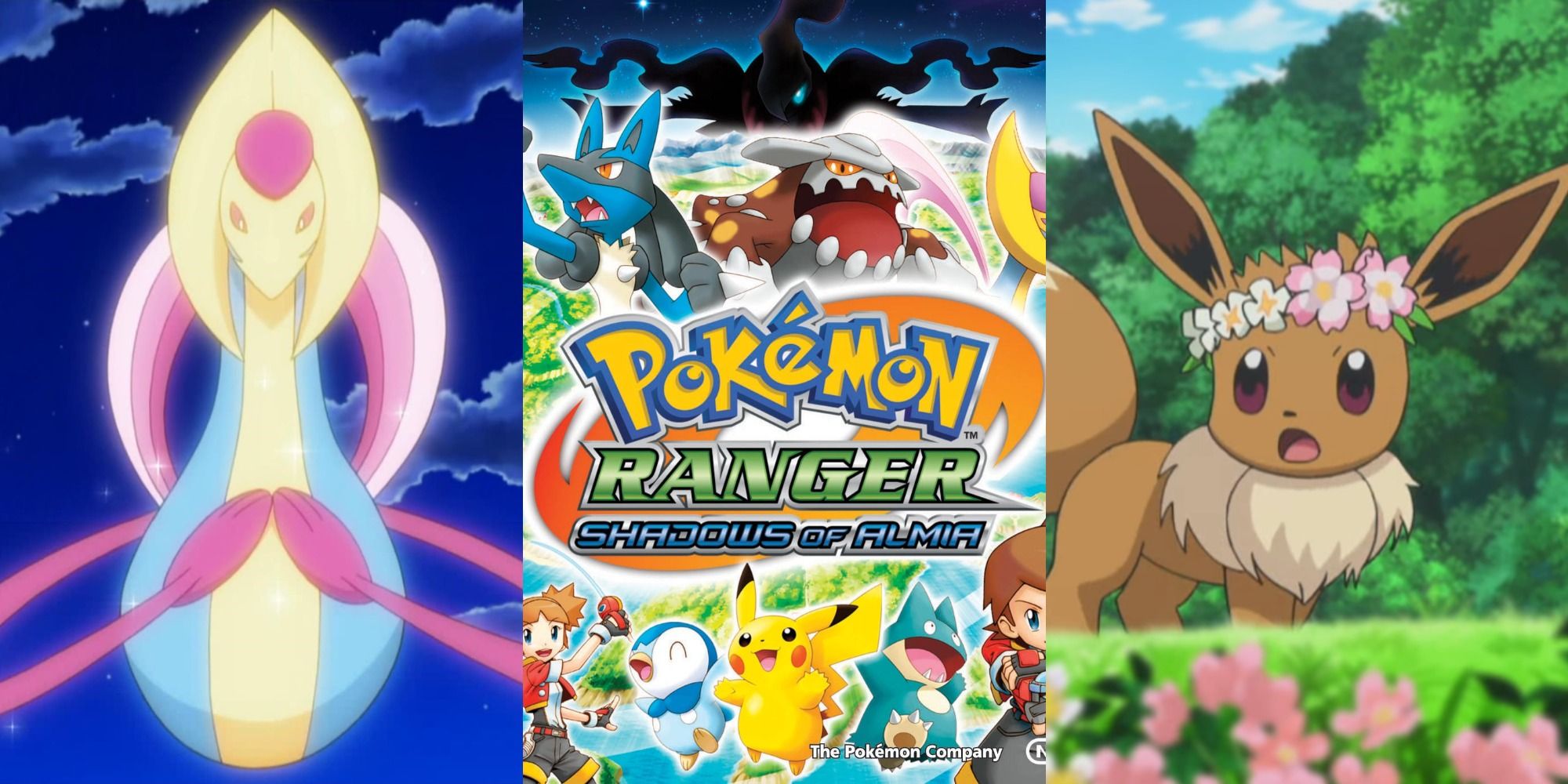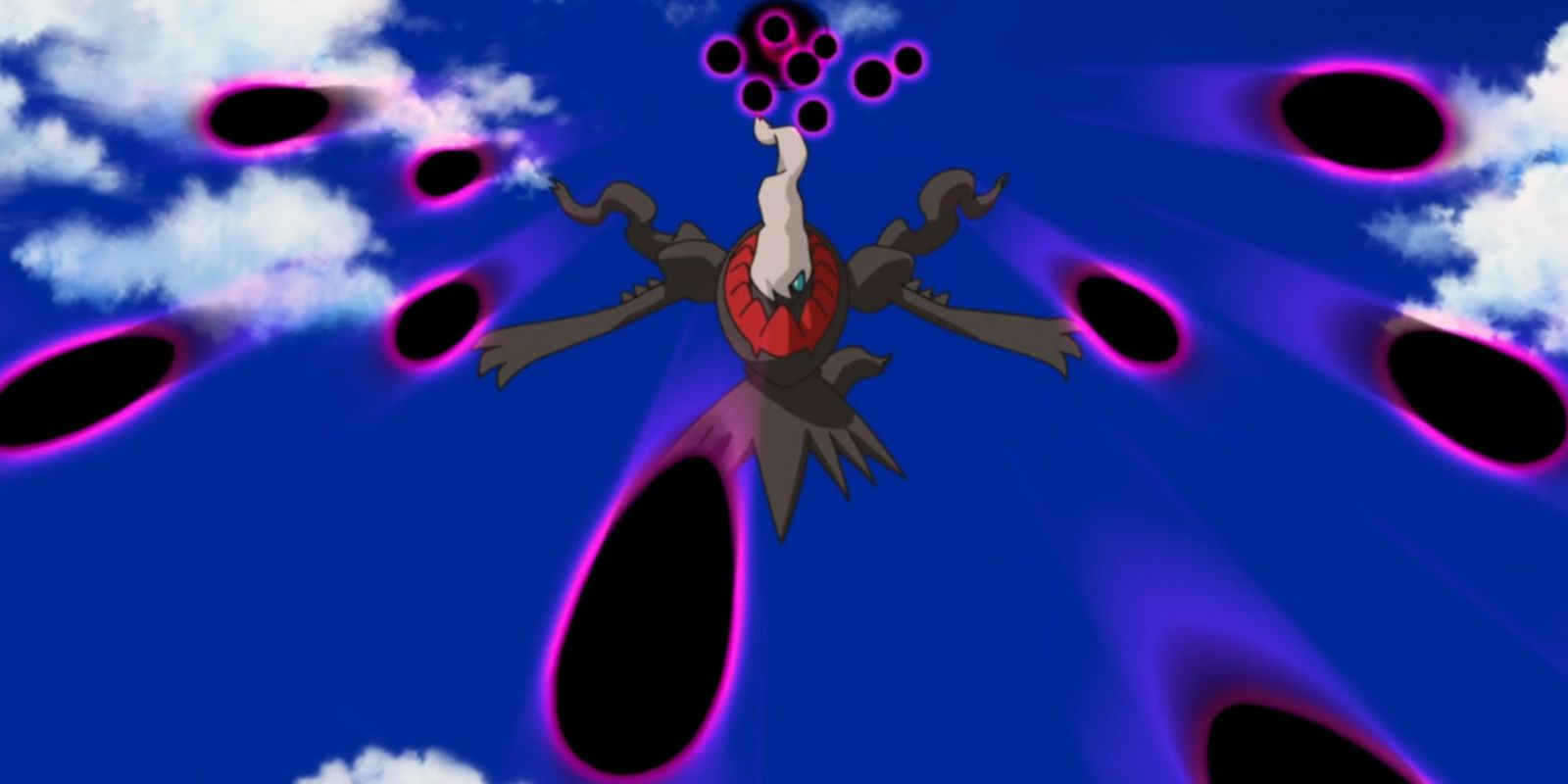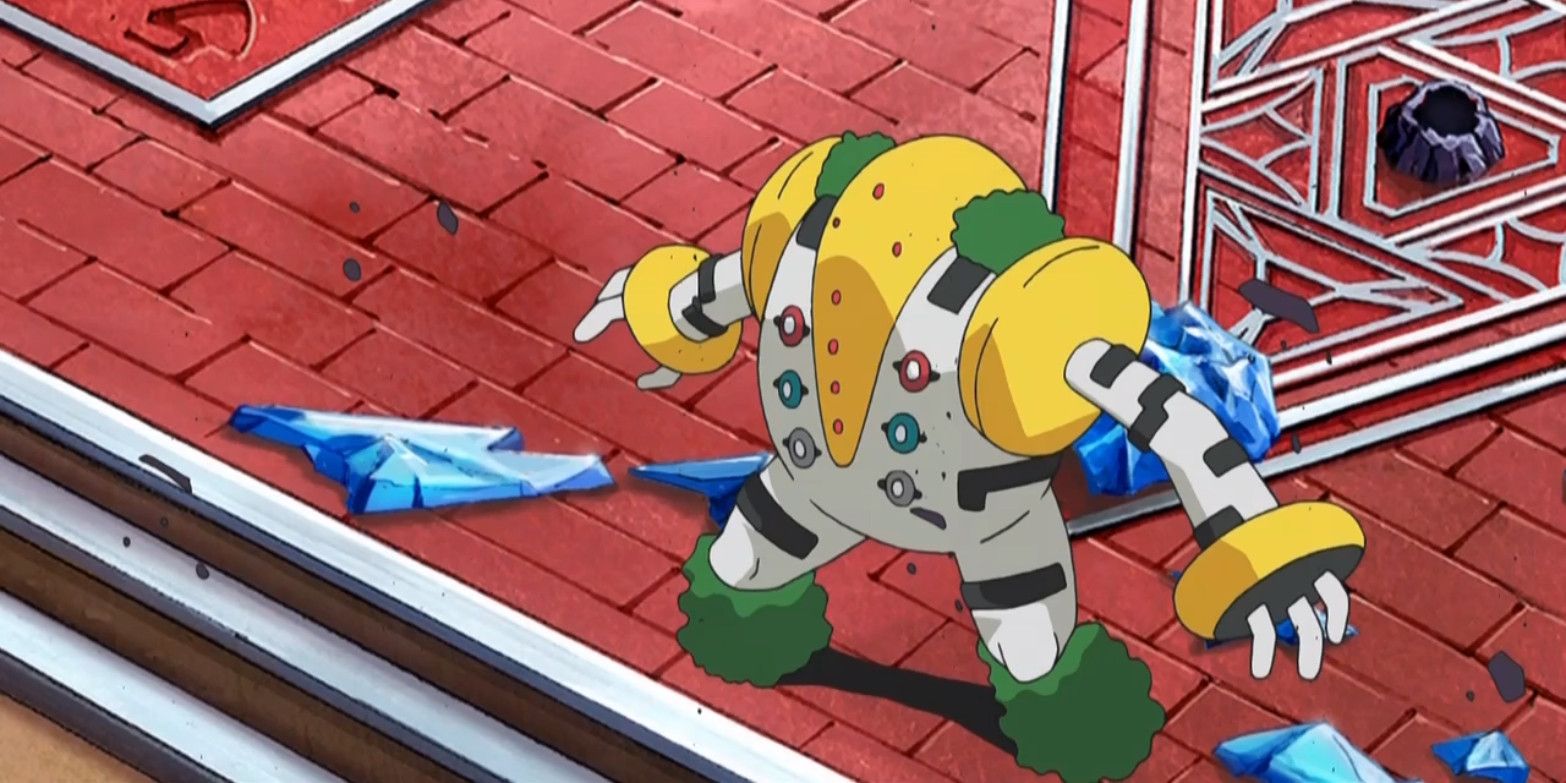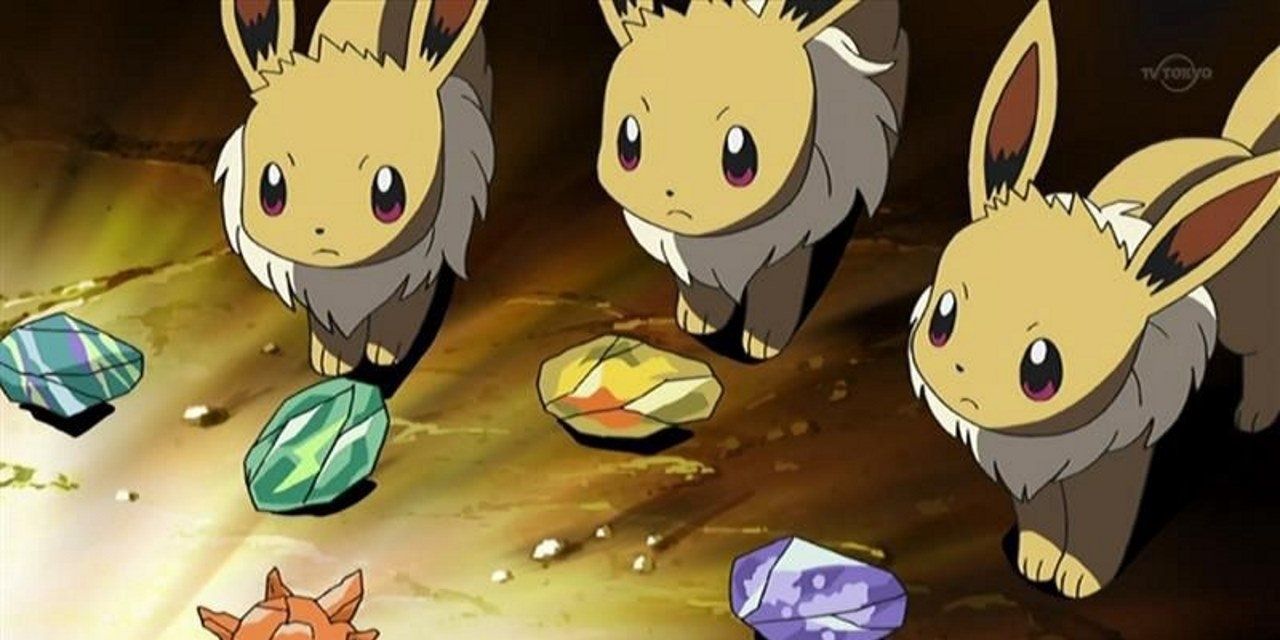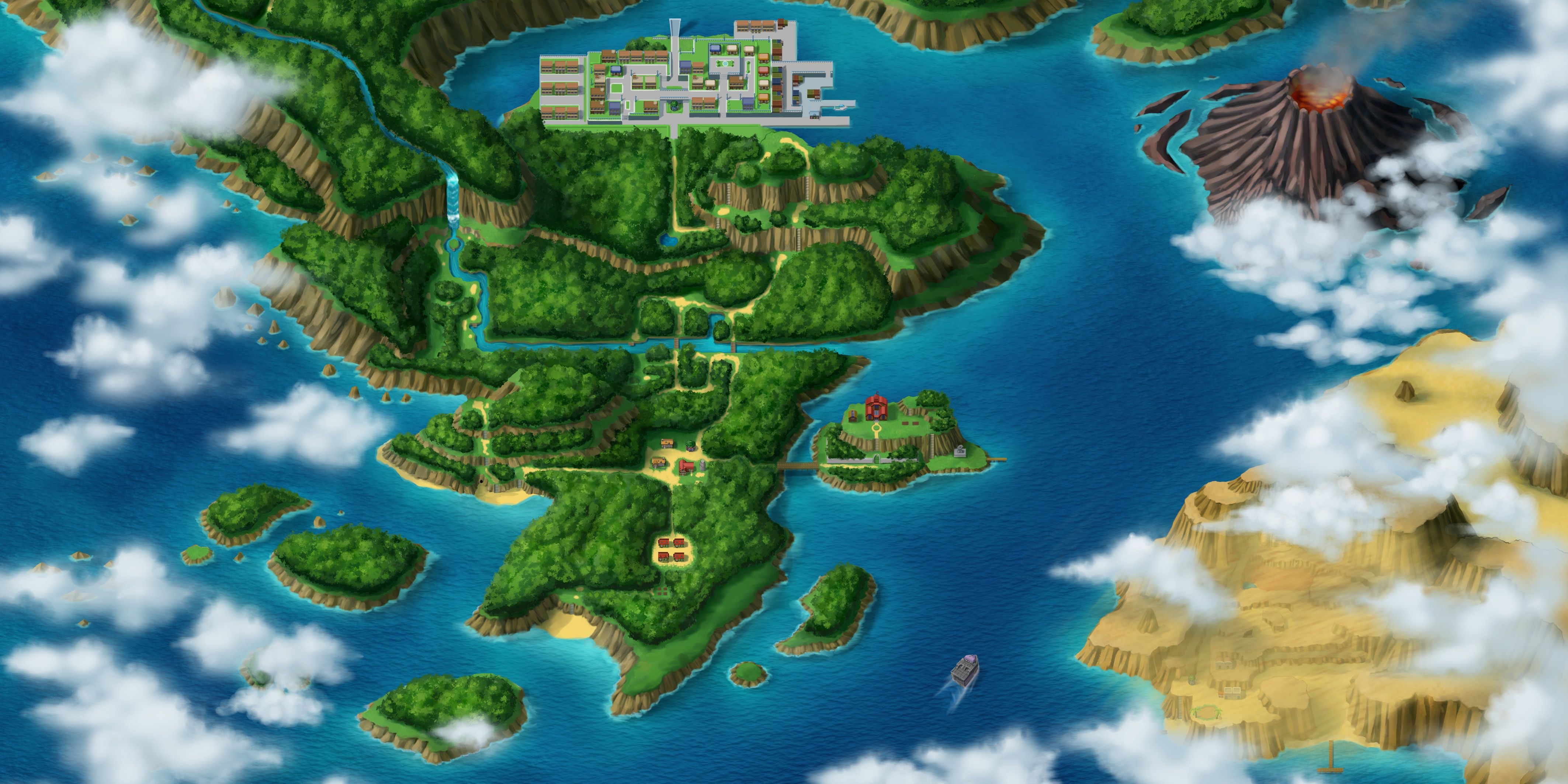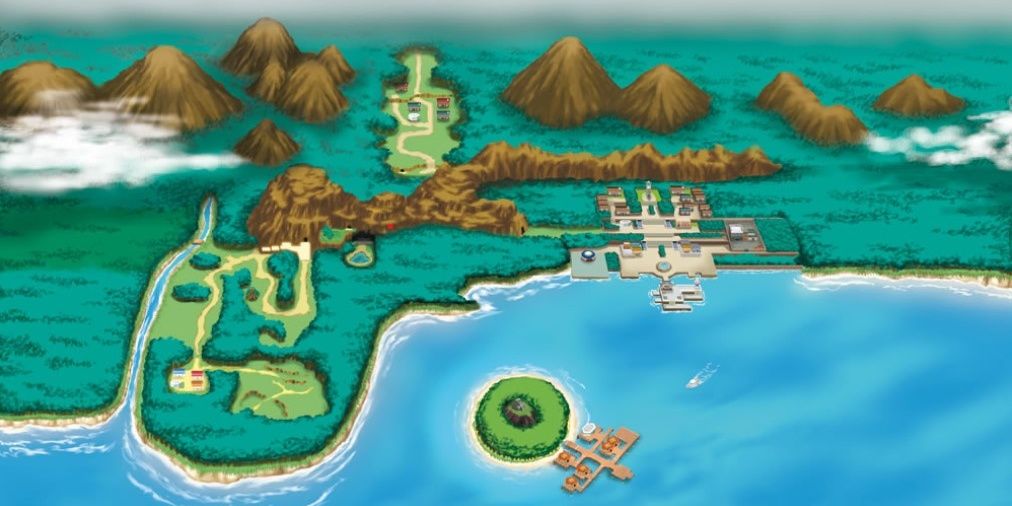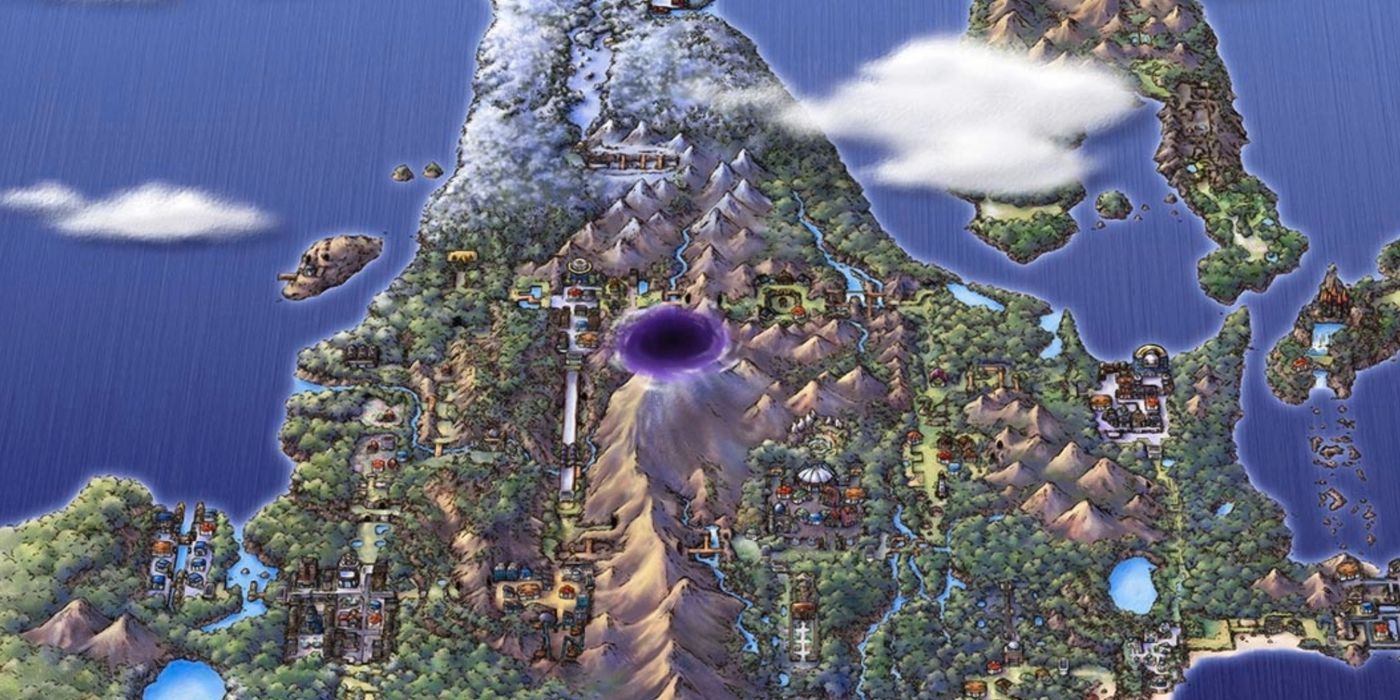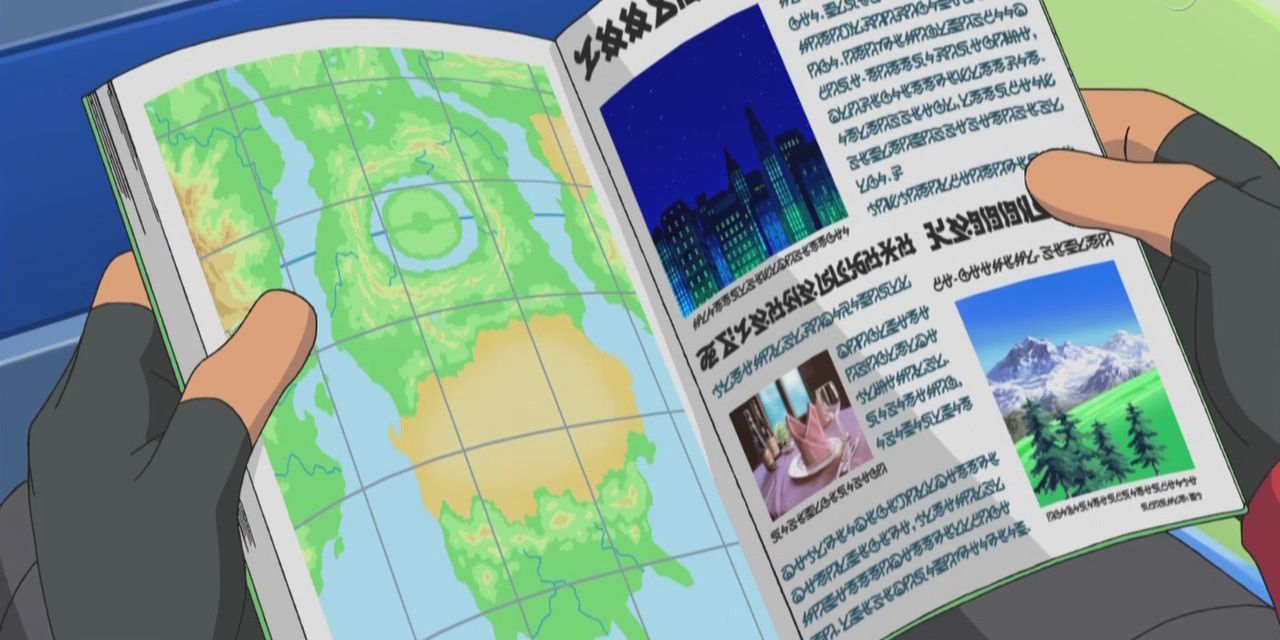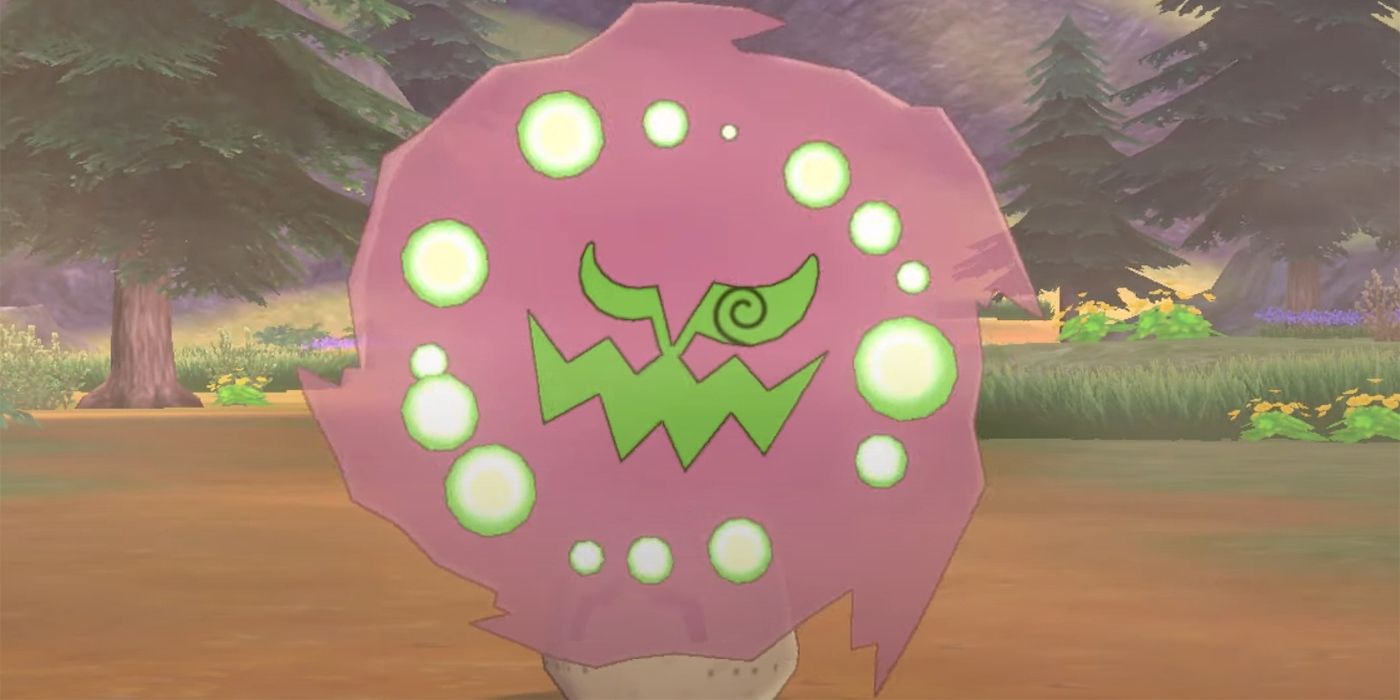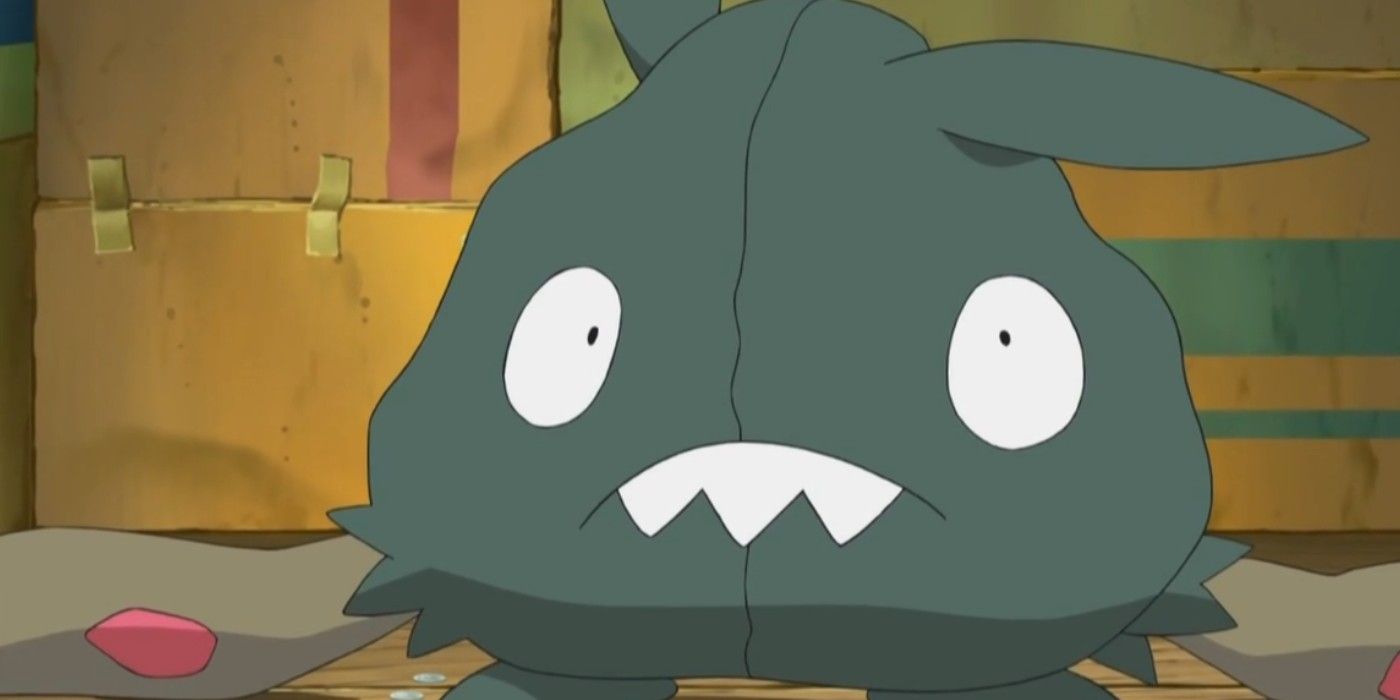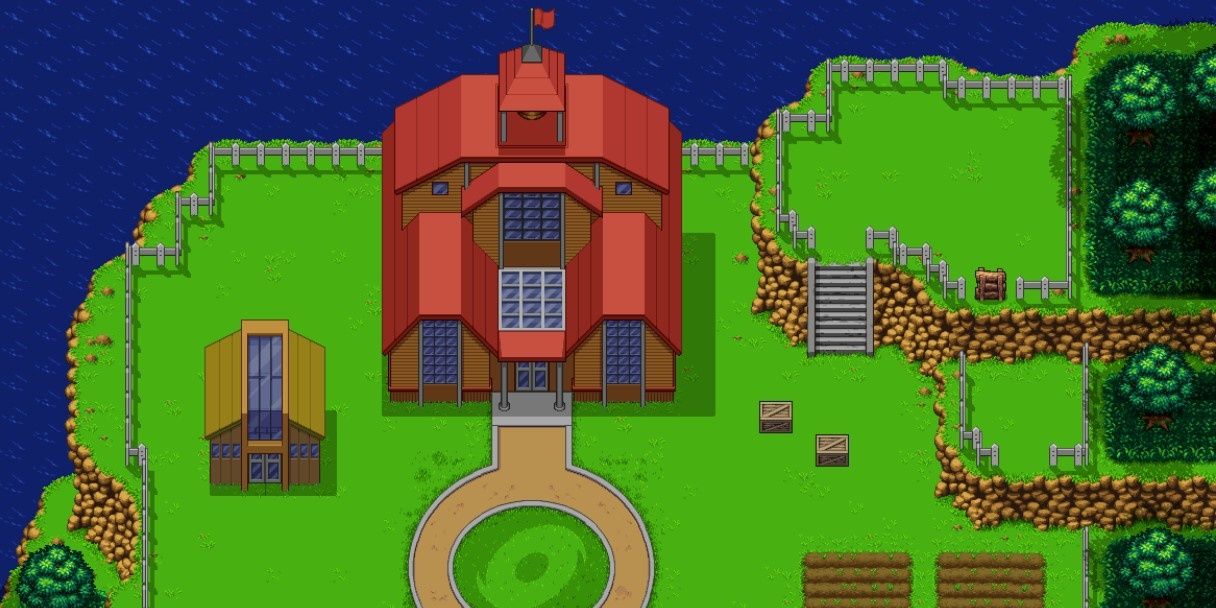The second game in the Pokémon Ranger franchise, Shadows Of Almia, is titled after the region in which the game takes place, a brand new region never before seen in the Pokémon series. The Almia region, much like the Fiore region in the first game, is unique among the franchise's atlas of settings.
In Almia, Pokémon rangers are more prominent than Pokémon trainers, and while there are no new Pokémon species, the biodiversity of the region is impressive, featuring dozens of unique creatures. With a story that centers around the influence of Team Dim Sun and Altru Inc. across the region, Shadows Of Almia offers plenty of tidbits about this vibrant region that players may have missed.
There Are Plenty Of Legendaries
In most of the mainline Pokémon games, there is one opportunity to catch each legendary Pokémon in a given region, with even fewer opportunities to collect mythical Pokémon. Franchise lore suggests, however, that legendary Pokémon are rare species that exist in small numbers across the world.
As such, it makes sense that legendary Pokémon can appear across games and, potentially, several times in the same game, and Shadows Of Almia delivers on this promise. The region is home to a number of legendary beasts, including Cresselia, Darkrai, and Shaymin, showing that these rare species are also native to Almia.
Hippowdon Temple Holds Many Mysteries
A mysterious temple shaped like the hippopotamus-like Pokémon, Hippowdon can be found in Almia's Haruba Desert, although no Hippowdon reside inside the temple. That is just one of many mysteries surrounding the nature of this impressive piece of ancient architecture.
In addition, several legendary Pokémon can be encountered here, including the daunting Regigigas, who can be found when players bring the other three Regi Pokémon in Almia (Regirock, Regice, and Registeel) to the temple. While this legendary cannot be kept, its presence here suggests that Hippowdon Temple has some mythical importance.
"Eeveelution" Is A Common Term
Over the years, the term "Eeveelution" has become popular among Pokémon fans to denote the many evolutionary forms that come from the adorable critter Eevee. This term took a while to appear in official Pokémon media, even then appearing in periphery materials and the trading card game before making it to the video game franchise.
In Shadows Of Almia, Murph mentions the term to the player, marking the first appearance of the word in one of the franchise's games. Notably, this suggests that Almia as a culture has either adopted or invented the term in-universe, giving players a peek at its linguistic place in the world.
Its Towns Have Diverse Naming Conventions
Typically, games in the Pokémon franchise have used themed naming conventions for the different locations within a region, like the color-inspired names of Gen 1 or the season-inspired names of Pokémon Ranger. In Almia, though, the many different locations have a wide variety of name origins.
While most of the cities and locales in the Almia region are named for the climate and terrain in which they appear, there is no consistent format for the names. For instance, Vientown and Pueltown are named after the Spanish words "viento" and "puerto," while other locations have their name origins in English (e.g., Shiver Camp) and Japanese (e.g., Haruba Village).
There's A High Immigrant Population
In Shadows Of Almia, there are plenty of references to the region of the first Pokémon Ranger game, Fiore, including the fact that the player character and their family are from that region. The starting town of Chicole Village is filled with transplants and immigrants from other regions, like Fiore.
This suggests that the population of Almia has a growing number of immigrants, perhaps due to its variety of climates, waterfront location, and Pokémon Ranger school. Whatever the reason, this detail makes the Almia region a potential place to reference or even return to in future games, given its cosmopolitan demographics.
Sinnoh Or Orre May Be Nearby
Fans have long theorized about the locations of the many regions in the Pokémon world and their relation to each other, with many drawing up maps to demonstrate their ideas. Almia's Haruba Desert region to the east has often been the source for such speculation, since it is separated from the rest of the region by water.
Specifically, fan theories posit that either the Orre region (Pokémon Colosseum & XD: Gale Of Darkness) or the Sinnoh region (Pokémon Diamond & Pearl, soon to be remade) connects just off the map to Haruba Desert. These connections are based on the geography of the region, which matches Orre closely, and the real-world inspiration, which suggests a connection with the Hokkaido-inspired Sinnoh.
It May Be Based On Greece (Or Hokkaido)
Most, if not all, regions in the Pokémon franchise take their inspiration from real-life locations, but some of these origins are more obvious than others. It is commonly thought that the Almia region is based on parts of the Hokkaido prefecture in Japan, specifically the Oshima and Hiyama subprefectures.
The shape of the map and the terrain, however, has led some to draw comparisons between Almia and Greece, with the Haruba Desert representing Turkey and the Middle East more generally. With the islands in Almia's central body of water, the region seems to suggest the shape of the Mediterranean Sea as well.
Its Name Comes From The Italian Word For "Soul"
Much like Fiore before it, Almia is named for an Italian word, although the word is slightly altered from its original form. The Italian word "alma" means "soul" in English, and many believe that this word is the inspiration for the Almia region's name, only with an extra letter.
Perhaps this name comes from Shadows Of Almia's story, which places players in opposition to Team Dim Sun, who seek to hypnotize Pokémon, and Altru Inc., a soulless corporation. It could also simply refer to the beauty of the region and its connection to the partnership between Pokémon and humans with its ranger presence.
It Suffers From Pollution
Although Almia is a beautiful fantasy world with diverse locations for players to explore, it is not immune to realistic environmental problems like pollution. Specifically, the Oil Field Hideout where players find Team Dim Sun's secret base is responsible for polluting the surrounding area.
Altru Inc. formerly operated the oil rig, which led to the pollution and partial destruction of the Sea of Wailord, which can be seen in the game. When players arrive at the Sea of Wailord, they will immediately notice the oil pipe jutting into the water and trash scattered everywhere, although the nearby Puel Sea seems to have been spared.
It's Historically Significant To Pokémon Rangers
A hidden diary located in the Ranger School's Ascension Square reveals the history of Prof. Hastings, Erma, and Lamont, three childhood friends who become important figures in the Pokémon Ranger franchise. Notably, they all write of their individual dreams to revolutionize the world.
The Ranger School and Ranger Union in Almia are the culmination of those dreams, making Almia a historic center for Pokémon rangers. Hastings finishes his work on the Capture Styler and its enhancements in both Almia and Fiore as well, making the region central to the lore of the rangers.

